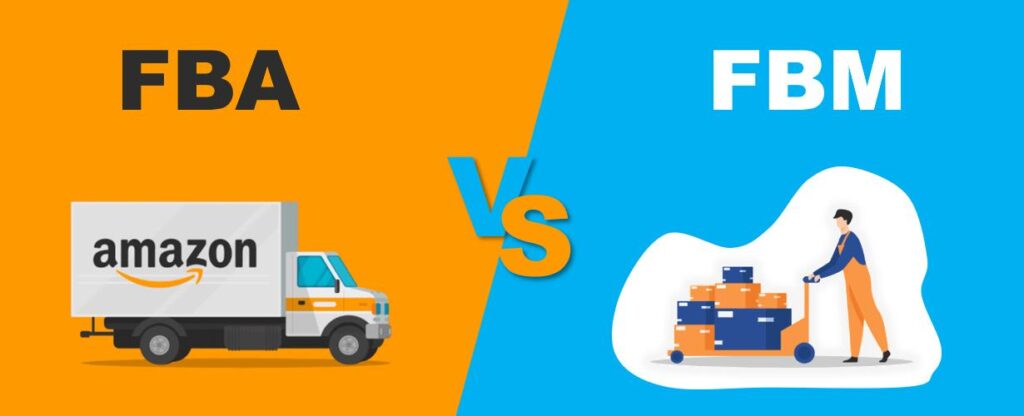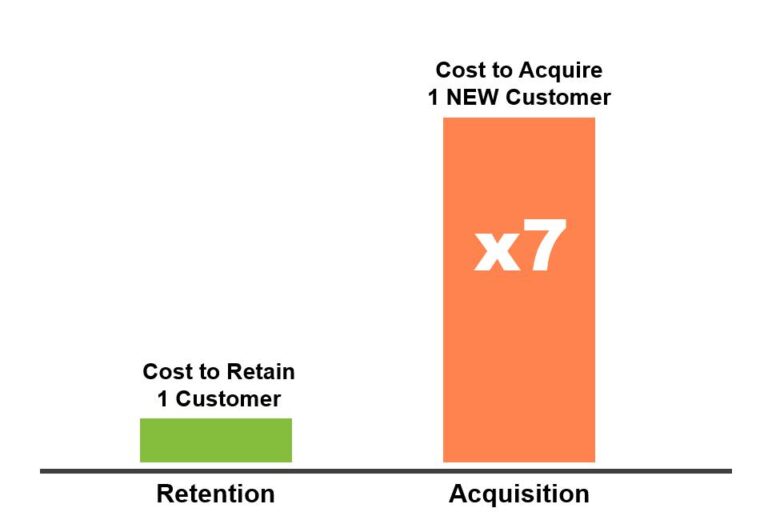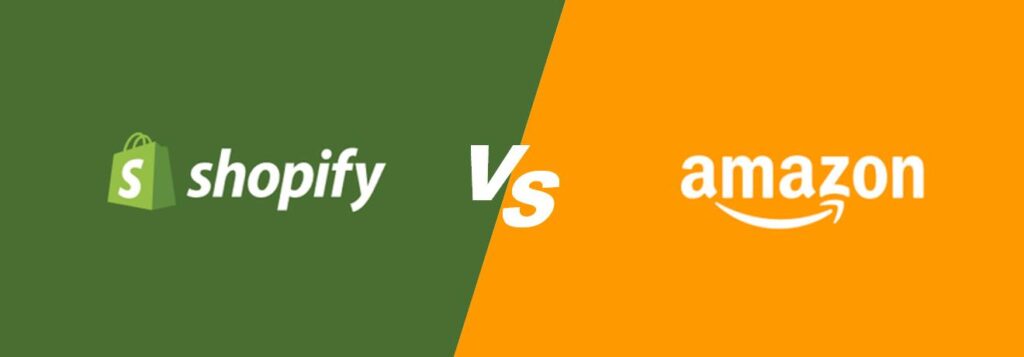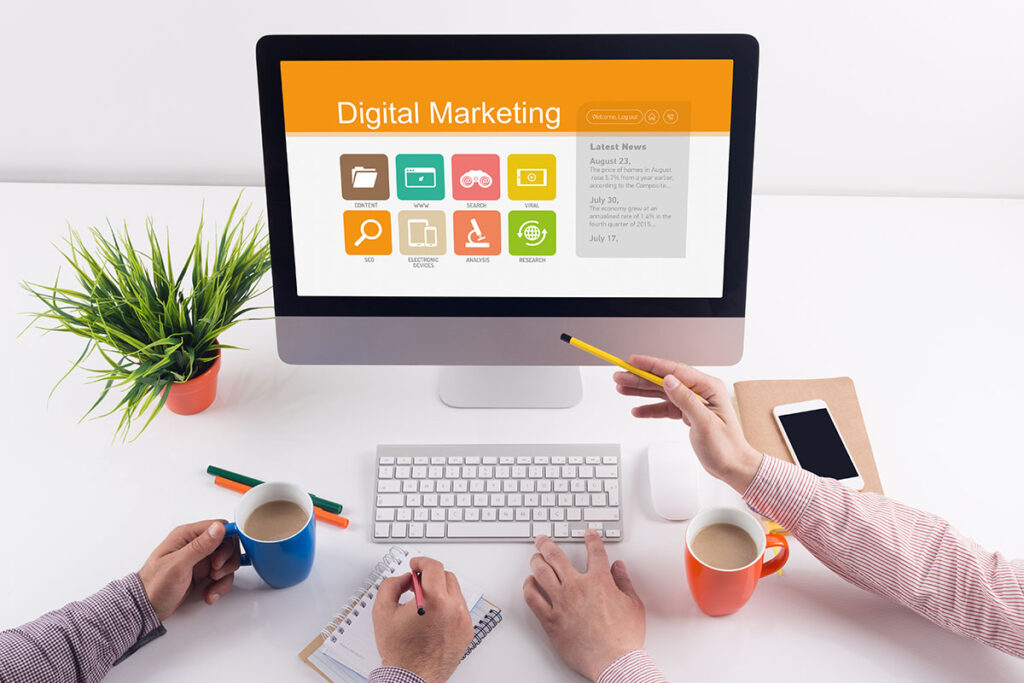Differences Between Shopify and Amazon Online Store
When a company or individual wants to sell products through the US online market, they need to open an online store. At present, Shopify store and Amazon store are two major options, what is the difference between these two platforms, let’s talk about it.
In 2024, ecommerce competition has become fiercer than ever. Sellers must find ways to increase operational efficiency and reduce costs to stay competitive. When deciding whether to build a selling website on Shopify or sell through Amazon, several key factors must be carefully considered: traffic cost, brand building, customer retention, and overall selling fee percentage.
Building a website on Shopify allows sellers to have full control over their brand and customer experience. They can create a unique, branded online store and engage directly with their customers. However, driving traffic to a Shopify site often requires significant investment in digital marketing, SEO, and content creation. The advantage lies in retaining customer data, fostering loyalty through personalized marketing, and avoiding hefty marketplace fees.
On the other hand, selling on Amazon provides immediate access to a vast customer base and robust search functionality, which can drive significant traffic without extensive marketing efforts. However, this comes at a cost: Amazon charges various fees, including referral fees and fulfillment fees, which can eat into profit margins. Additionally, building a brand on Amazon is more challenging due to limited customization options and direct competition with other sellers on the platform.
First, let’s list the bullets of A to A comparison of Shopify store and Amazon store on different levels.
Shopify Store
- Sellers can build online store independantly and own the store. Sellers can also develop customized functions to provide differentiated services.
- Register domain name as store name
- Registration requires company name and tax ID number. No required verification.
- The company brand identity can be highlighted on store website to show the company culture.
- In addition to product information, the store can display rich content on brand and marketing.
- The store can choose different templates
- Conduct SEO for organic traffic and launch digital advertising campaign (CPC) for paid traffic.
- The traffic to the store has different conversion rates. Some visitors are not interested in buying.
- Use a third-party fulfillment company for FBM including warehousing, logistics, fulfillment, return.
- Shopify can choose a variety of payment methods, including credit cards and third-party payments in countries and regions, which need to be activated according to actual needs.
- Shopify’s basic plan costs $29 per month.
- Shopify charges $0.30 per transaction on the basic plan, plus a 2.9% commission on retail price.
- Shopify store users can be seen at store backend. Sellers can reach them via email marketing with new product info and promotions.
- Shopify store can allow user comments or not by installing plugin. Sellers can approve those comments on their own.
- The intellectual property violation of the products is on seller company. Shopify store is part of the company, not a legal entity.
Amazon Store
- The store is on Amazon Marketplace, which is part of Amazon. Sellers can only use the functions provided by Amazon and have no customization.
- No domain name, it is just a seller name or ID.
- Registration requires company name and tax ID number. Strict process on verification.
- The store can not show more about company rather than products. Brand recognition is weak.
- Only can display product information, no other content on brand and marketing.
- The store style is limited by Amazon
- Participate Amazon PPC program to drive paid traffic to the store. Organic traffic growth will be difficult.
- The coversion rate usually is high because the traffic of Amazon has high purchase intent.
- Use Amazon FBA services for warehousing, fulfillment, logistics, return, or use FBM.
- Amazon has its own payment system, so sellers do not need to pay attention to this part. Buyers actually pay Amazon and Amazon pay sellers with deducting all fees.
- Amazon’s basic package costs $14.99 per month.
- Amazon charges about 15% of retail price. It is called referral fee in Amazon besides FBA and PPC.
- Amazon store buyers can not be reached directly by sellers. Amazon provides marketing tools to reach buyers in stead.
- Amazon policy of user comments is very strict. Fake comments are not allowed and will lead to store closure in severe violation.
- Amazon is very strict on intellectual property violation. Once a product has a complaint of potential IP issue, it will be off-lined.
Brief Summary When the seller opens a store on Shopify, the store is the company’s asset. Through continuous content optimization and SEO to increase organic search traffic, plus digital advertising traffic, the number of visitors of Shopify online store will gradually increase. This traffic and store awareness will eventually be transformed into intangible assets of the company. Meanwhile, the users of the online store are also important for business operation. When seller opnes a store on Amazon, the store is just an acount in Amazon’s marketplace. The entire market is owned by Amazon. Amazon manages traffic and supervises store content. Sellers sell products through this platform under Amazon regulation, and are almost impossible to keep brand influence, organic traffic and user base on their own.
FBA vs FBM
FBA (Fulfillment By Amazon) is a fulfillment service provided by Amazon for sellers. That means if buyers place an order on Amazon, the seller does not need to provide fulfillment service. Amazon will complete the fulfillment on behalf of sellers. FBM (Fulfillment By Merchant) means that after buyers place an order on the online store, sellers need to fulfill the order by themselves no matter from their own facility or third party facility.
The difference between FBA and FBM is mainly in service cost, service timeliness and service capacity. FBA is Amazon’s establishment of a complete set of warehousing and logistics system, so the overall operating efficiency is naturally to be the highest because of its scale effect. Amazon has shipping cost advantage. The range of service covers storage, delivery and return services. But some customized services cannot be provided by Amazon FBA, which includes return refurbishment and barcode replacement. FBM is operated by seller itself, so the difference will be very large. Some sellers deliver goods at their own company’s facility and some sellers outsource to third-party companies. Some sellers even fulfill oders directly from manufacturer’s factory through international express shipping. Cost, timeliness and service capacity will vary widely depending on the way of fulfillment. A good third-party company can achieve operating efficiency and cost-effectiveness comparing with FBA, and at the same time provide some unique customized services, such as overstock sales, refurbishing service with greater flexibility.

PPC (Intrasite Traffic) vs CPC (Intersite Traffic)
PPC (Pay Per Click) is Amazon’s own advertising platform. Amazon sellers need to participate in the PPC campaign in order to obtain additional traffic besides the organic traffic on Amazon platform. That means the intrasite traffic of Amazon platform is redistributed by Amazon PPC to each store via the bidding of keywords. With PPC redistribution of intrasite traffic, the seller can get higher traffic instantly regardless its store ranking and product relevance.
CPC (Cost Per Click) generally refers to the advertising method that is charged only by Clicks. Both Google Ads and Meta Ads platforms offer CPC pricing method. CPC is a way that sellers can buy additional traffic from public advertising platforms like Google and Meta. To Shopify or Amazon sellers, CPC traffic is intersite traffic, because the traffic is from Google Search or Meta Social Media like Facebook or Instagram.
PPC is simpler than CPC. Since this is a marketing tool of Amazon platform, Amazon has already optimized the keywords at the product level. Once PPC is launched, the store traffic and sales will increase immediately. CPC is much more complicated and requires a marketing agency and skillful professionals with project experience to operate. Nevertherless, the traffic driven by CPC does not always guarantee a conversion of sales, it really depends on whether you can target the real buyers among many visitors who are just interested.
Build User Base vs Bring Buyers
By opening a store on Amazon, sellers can acquire users who buy their products, those are buyers. Actually those are a very narrow user group besides those just visit the store through search, or even add products to shopping cart or watch list. In fact, Amazon sellers can not keep those users information who just visit the store and do not buy anything. It can be reached by Amazon marketing tools with a certain cost. Even for users who bought products previously, sellers can still not acquire user information directly without via Amazon marketing tools.
By opening a store on Shopify, you can still your website on a third-party traffic analysis platform like Google Analytics and Google Search Console, and you can get lots of data on who visit your website but do not buy anything. These information can help you develop a much effective marketing campaign in the future which is called RE-Marketing. Meanwhile, you can allow users to sign up for future email notification. This can give a chance to retain those users to buy someting in the future. For users who bought products, you can turn them to be loyalty user by offering special deals and points. You can take advantage of a growing user base for more stable and predictable business operation.
Classical marketing theory tells us that the cost of acquiring a new user is 7 times higher than the cost of retaining an existing user. Therefore, when the users of the online store accumulate over time, the sales will gradually transit from new users to existing users, so the marketing expense will gradually decrease when it is apportioned to each purchaser. But Amazon can’t do it. It must maintain traffic through continuous PPC expnese, because sellers can’t communicate directly with their buyers and develop them into be an existing user base.

Brand Recognition vs Low Price Win
It is difficult for sellers on Amazon platform to build a solid brand presence, because in the marketplace low price will always rule among a bunch of similar products. The homogenization of products on Amazon platform is very common, and the only winning factor is price with functions and features on a par. When there are dozens of options for the same product, the so-called brand of the product is just a name, and it is almost impossible for buyers to be impressive on brand.
In Shopify, in addition to listing products for sale, sellers also have a lot of space to show the company’s brand story. When users view product information, they may also pay attention to information other than the product, which provides a stage for sellers to display more information related to the product, or even irrelevant to the product like corporate social responsibility. Brand Identity will gradually become a consideration, not just price and features. Meanwhile, users can subscribe to the information notification of the website and sign up as a member. Even if they do not purchase immediately, the website will have the opportunity to reach the user again and offer more product choices in the future like new releasing products or Thanksgiving promotion. However, sellers can not reach their buyers separately by its own on Amazon because those are Amazon users, not sellers’.
Short Term Sales vs Long Term Sales
For sellers who want to increase sales quickly, the Amazon platform may be more suitable. The Amazon platform itself is a marketplace, and all traffic has a strong tendency to buy something. In this regard, the traffic of the self-built Shopify site is not so strong for purchase purposes. At present, the improvement of Amazon sales is too dependent on advertising expense. Once the advertising expense stops, the paid traffic will also stop. It may be effective in the short term for promotion, but if you rely on advertising for a long time, the overall Return On Investment will not be high and you can not even make profitable. On the one hand, the traffic brought by PPC advertisements has no residual effect, and users passively obtain the search results pushed by PPC advertisements, rather than the relatively objective results they hope for. So it is difficult to let buyers to focus on the brand and product itself, it is all about discounts and deals.
But for those who want to increase sales through long-term operation, the priority is to improve the overall brand image of the company and products, optimize the SEO of the website, increase organic traffic, and accumulate users who can be reached alter. In this case, Shopify is more suitable for these sellers. Through long-term operation, the user base will increase, which will lead to returning purchases and user loyalty will grow. This will greatly reduce the dependence on paid advertising, and the relationship between sellers and buyers can be more close and interactive. This process may take 6 months to 1 year to initiate and ramp up, then constantly doing that to maintain. So it needs be patient to see a slow growth of traffic and sales at the very beginning.
For more information, please visit Bel Oak.




